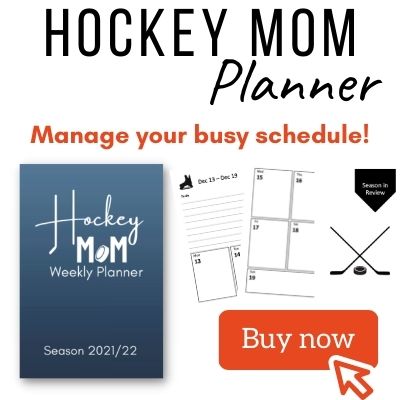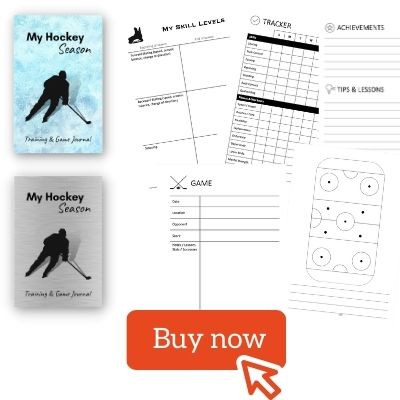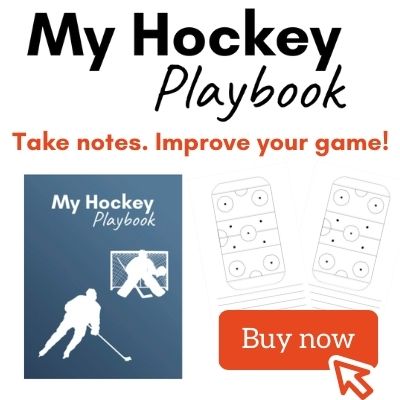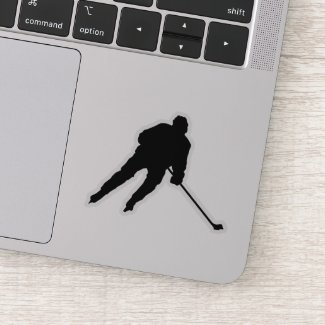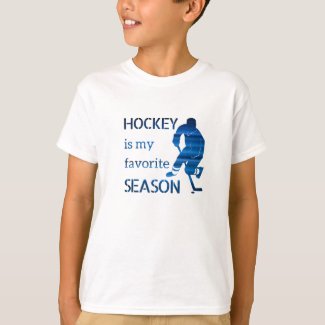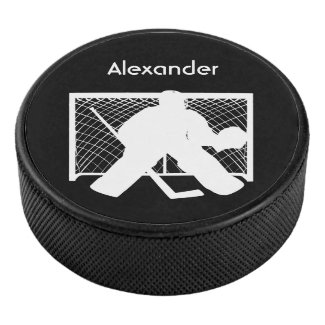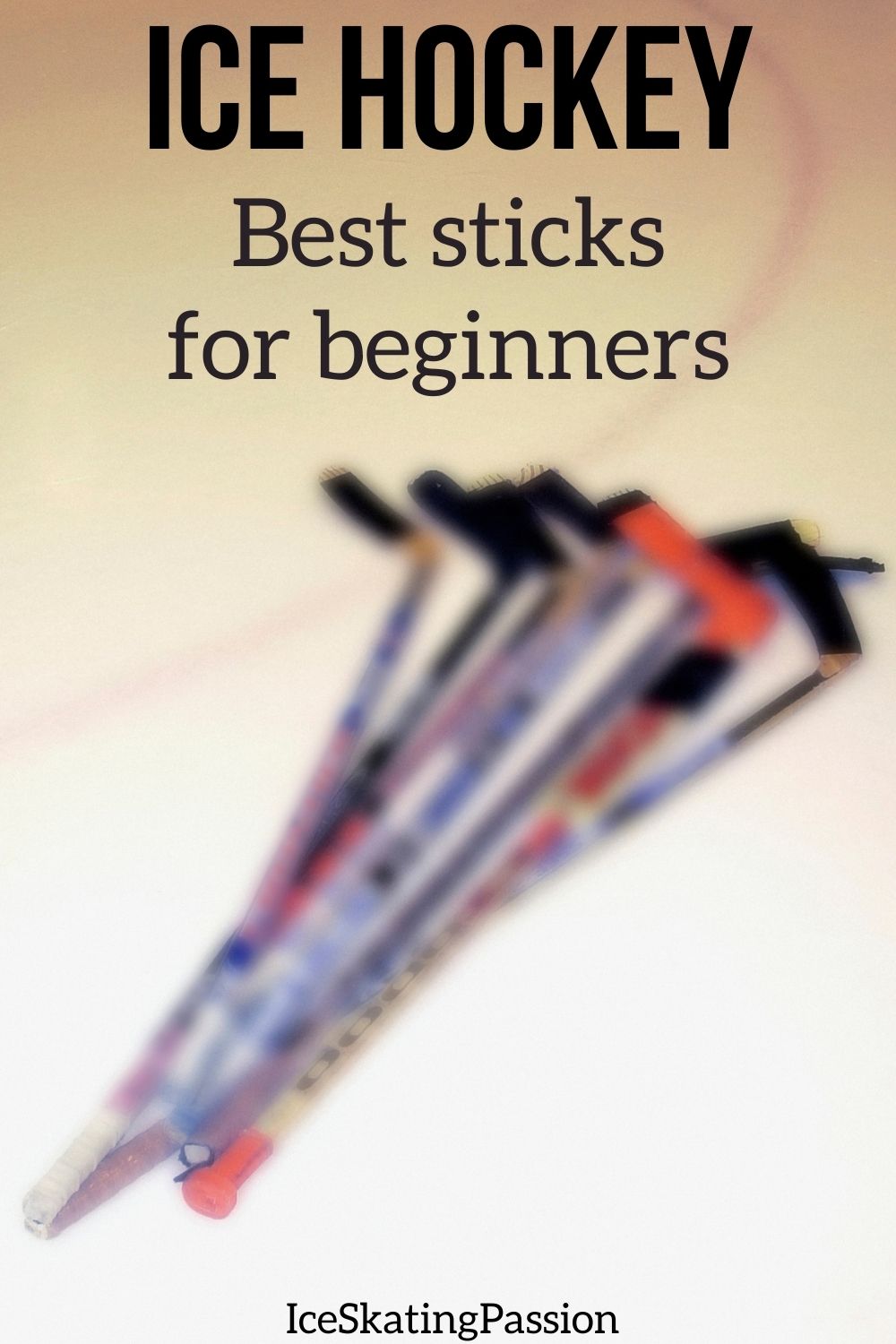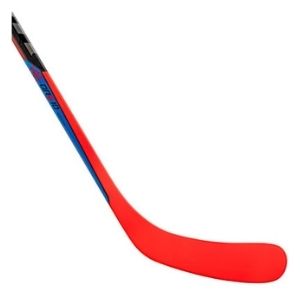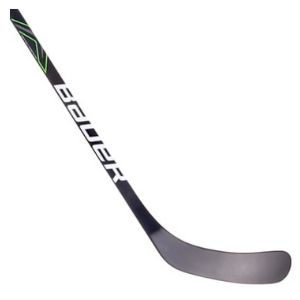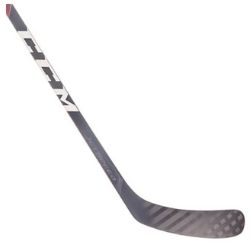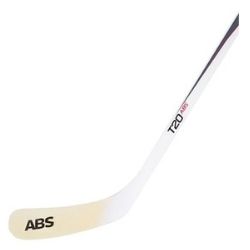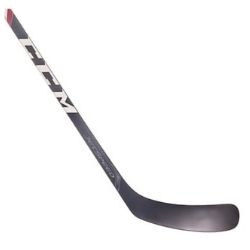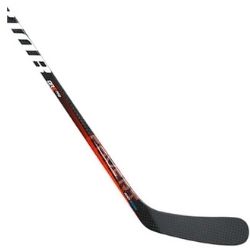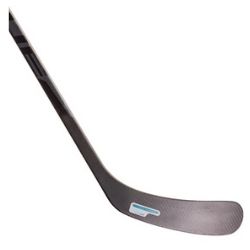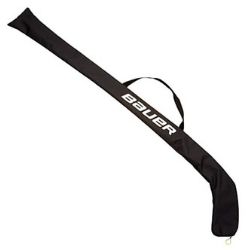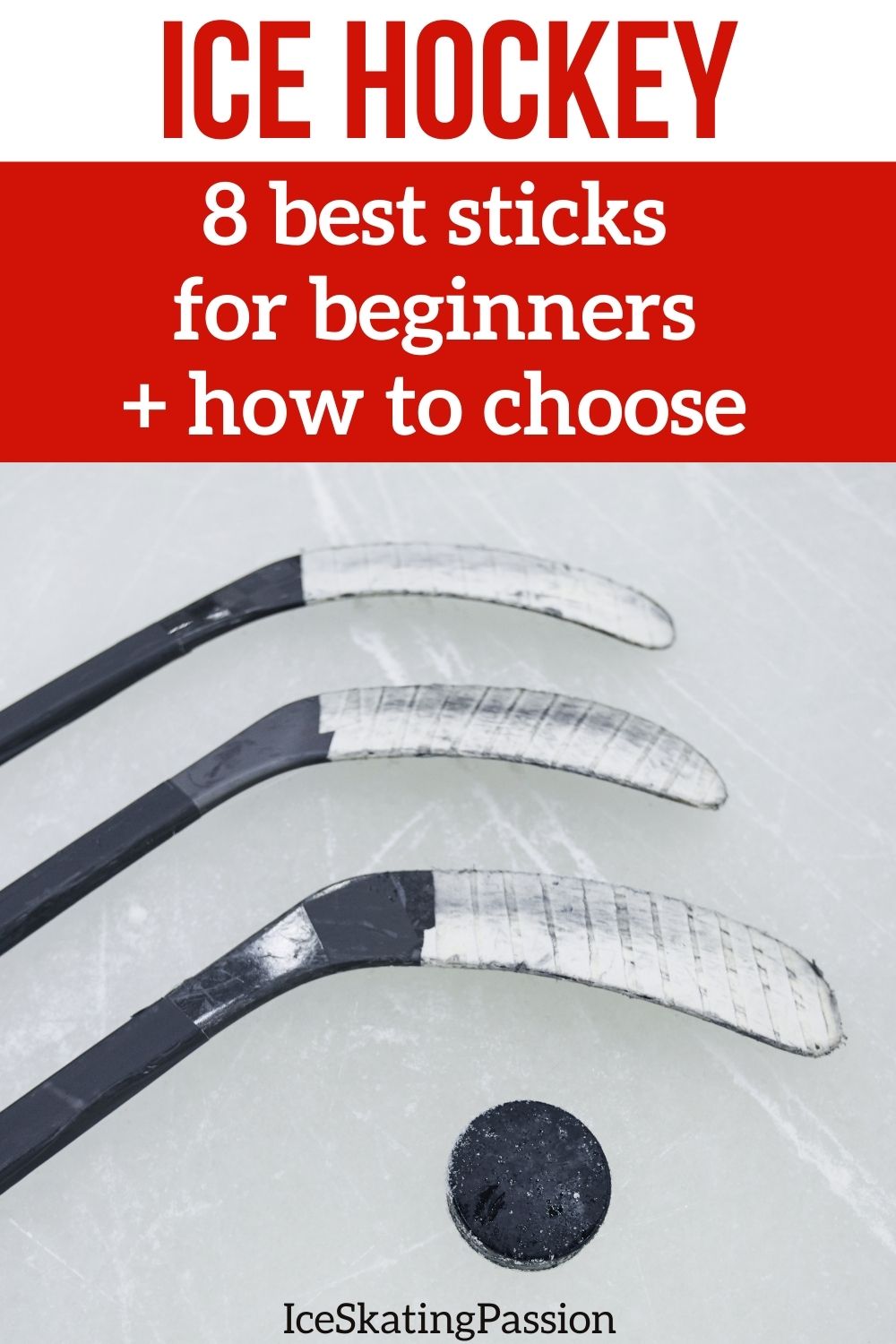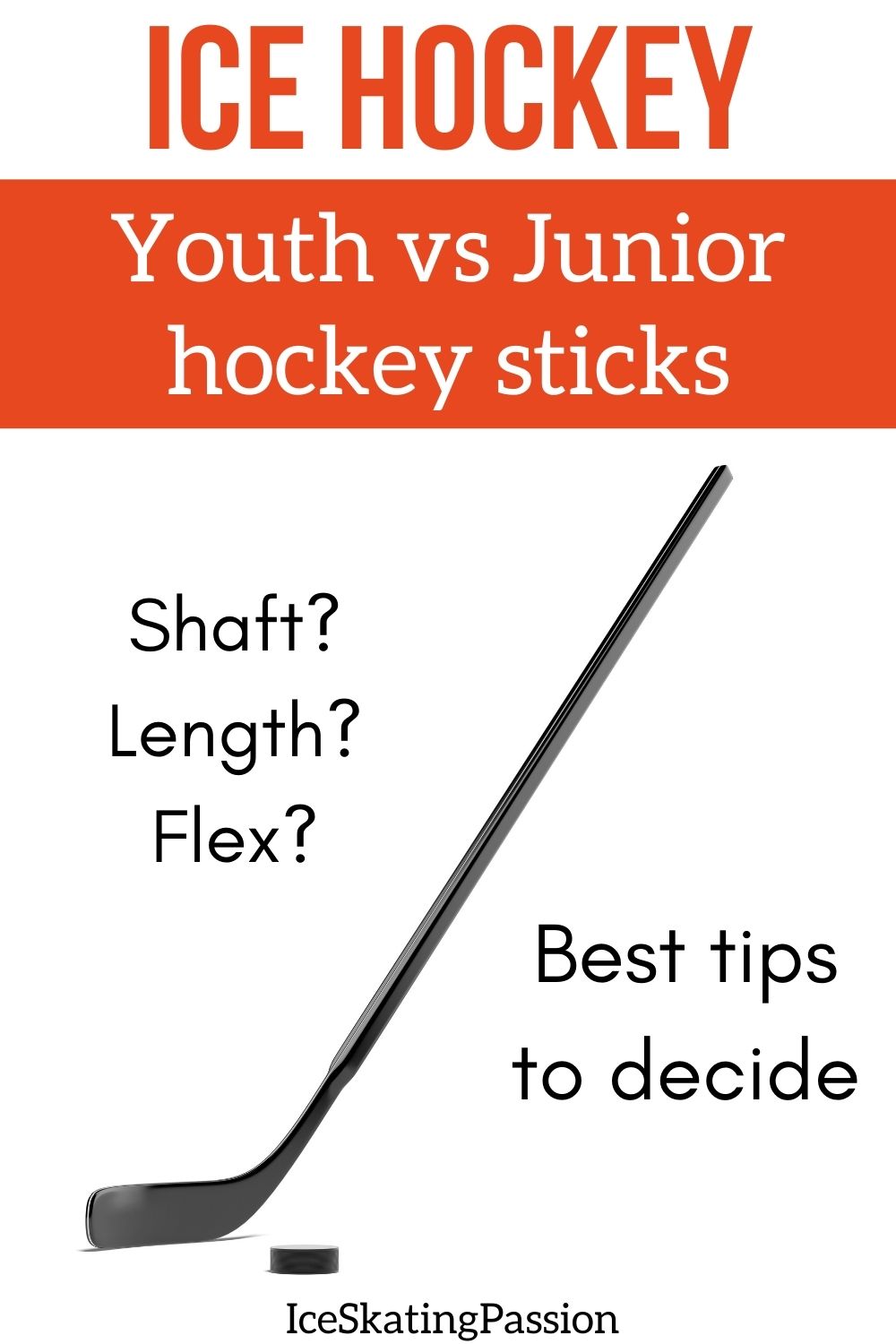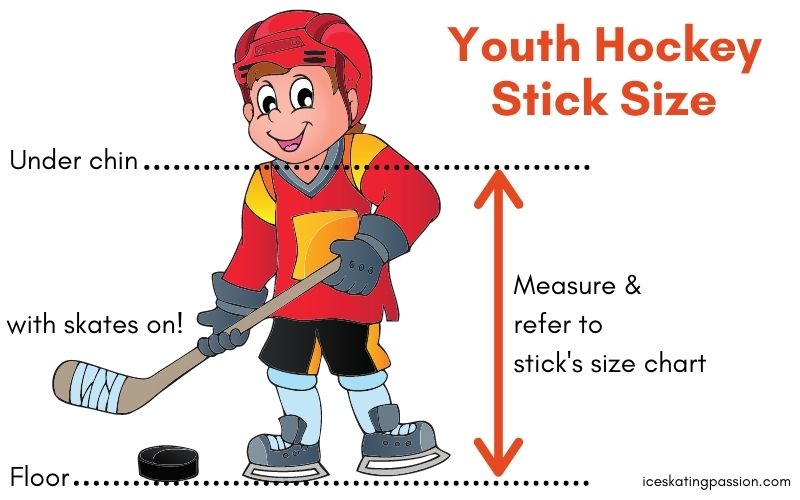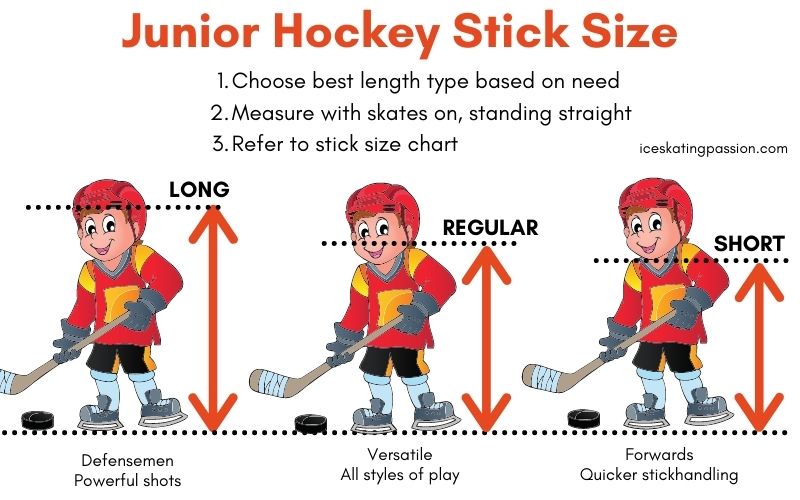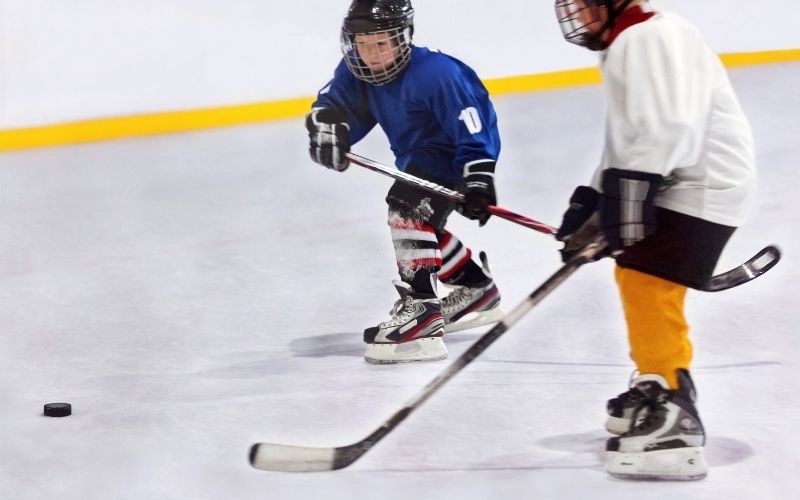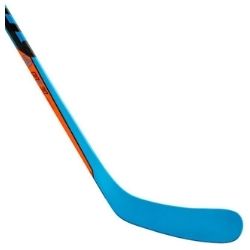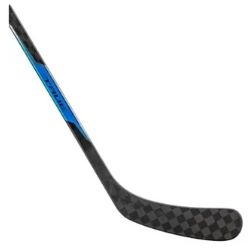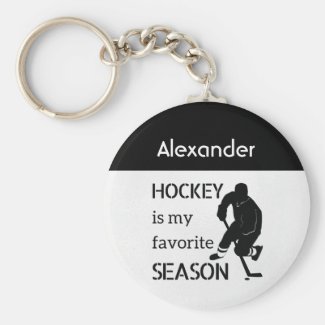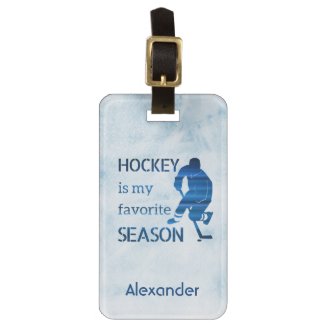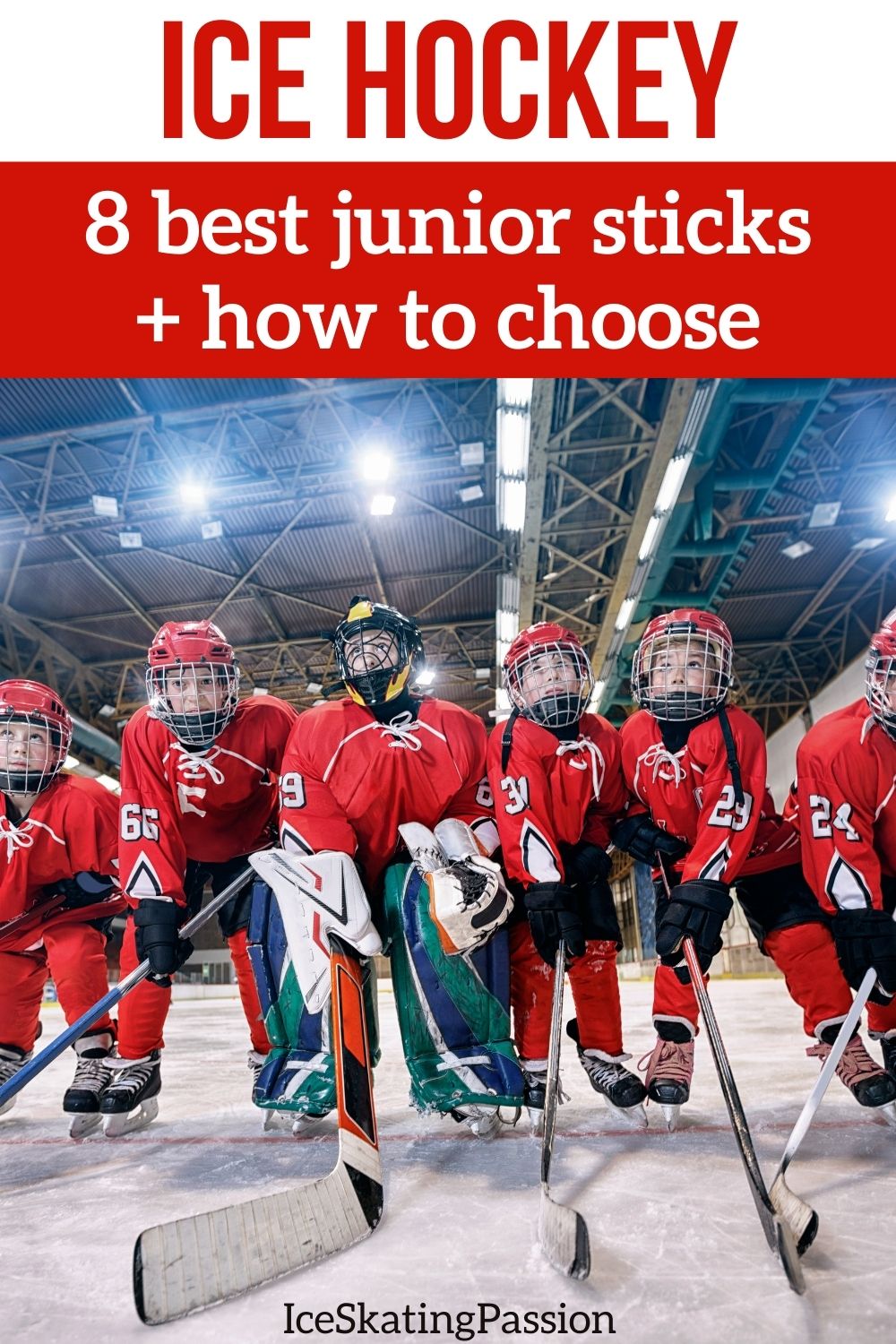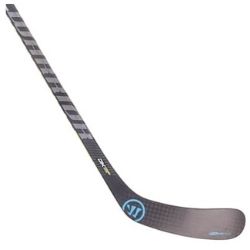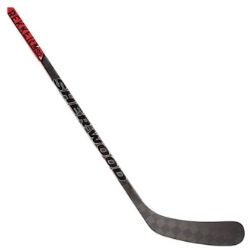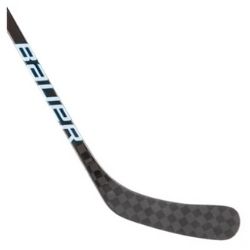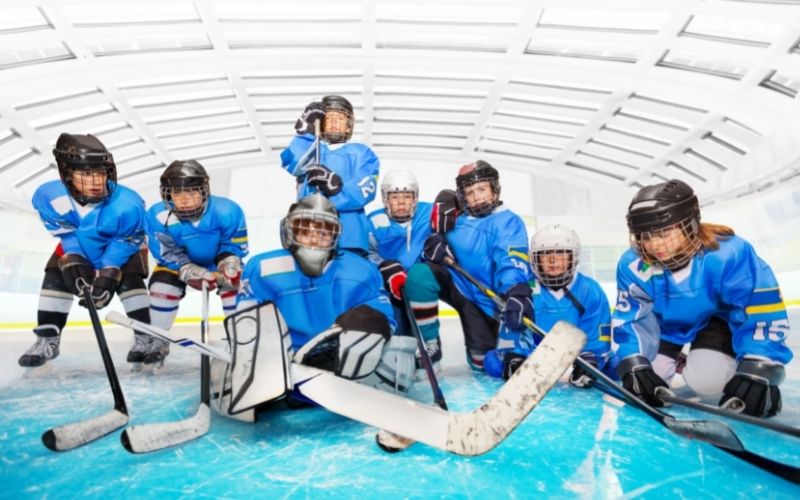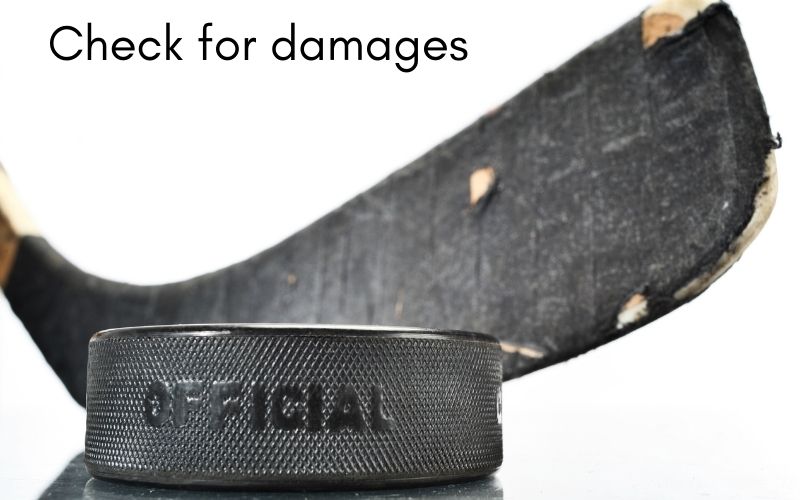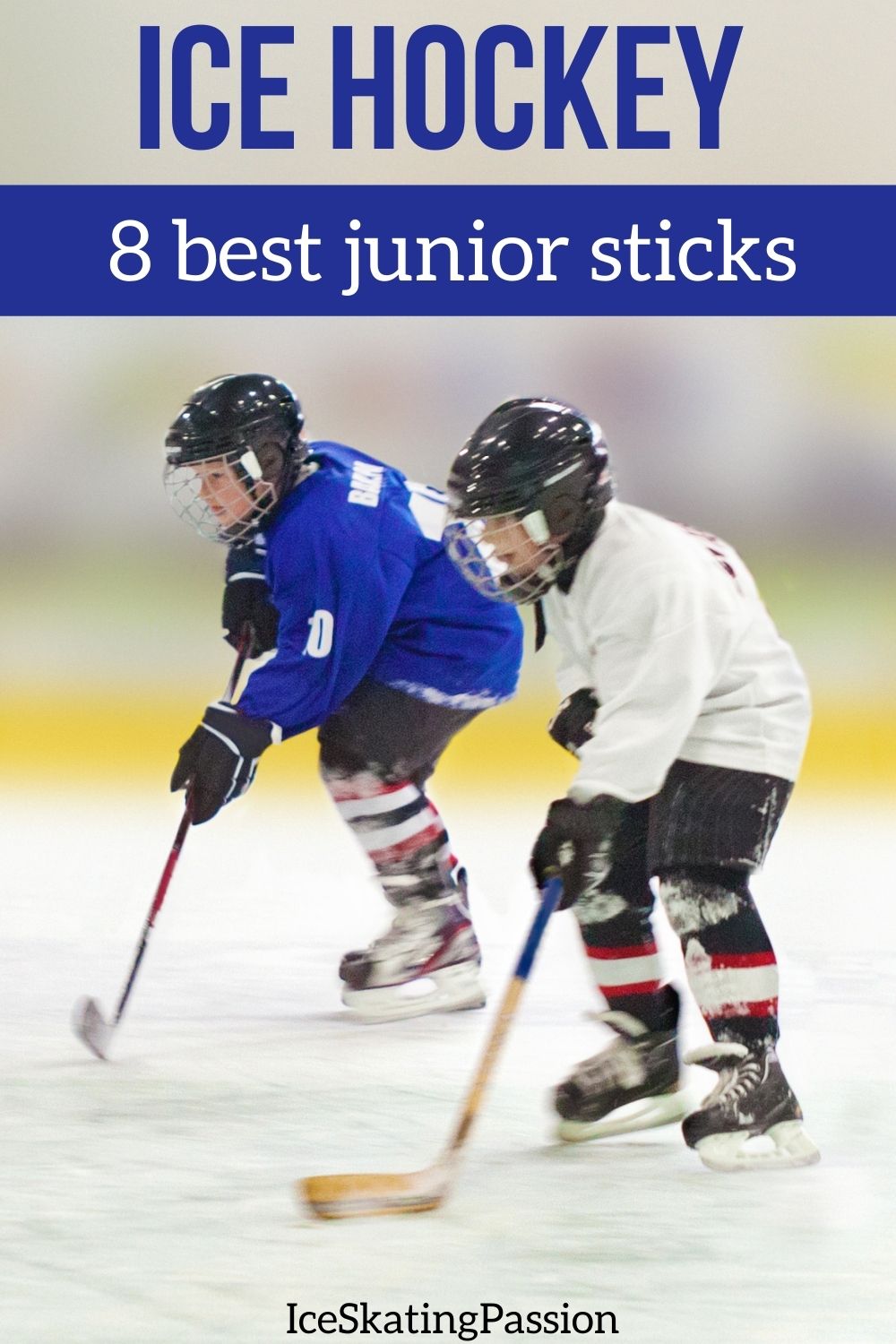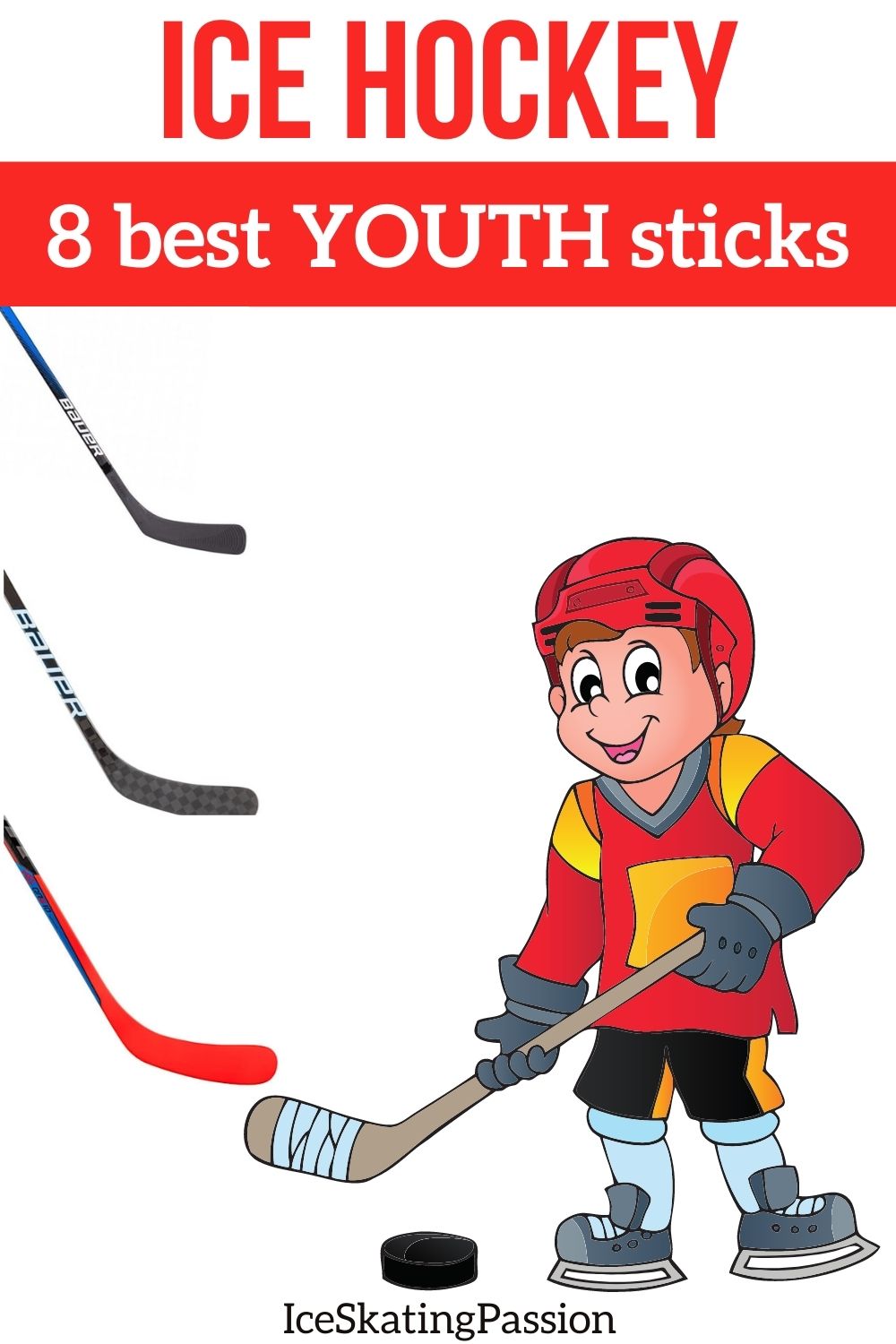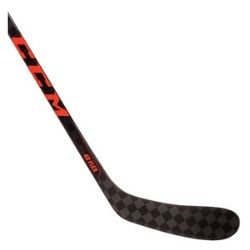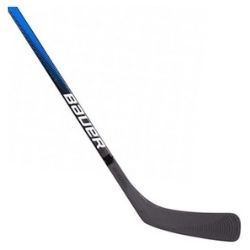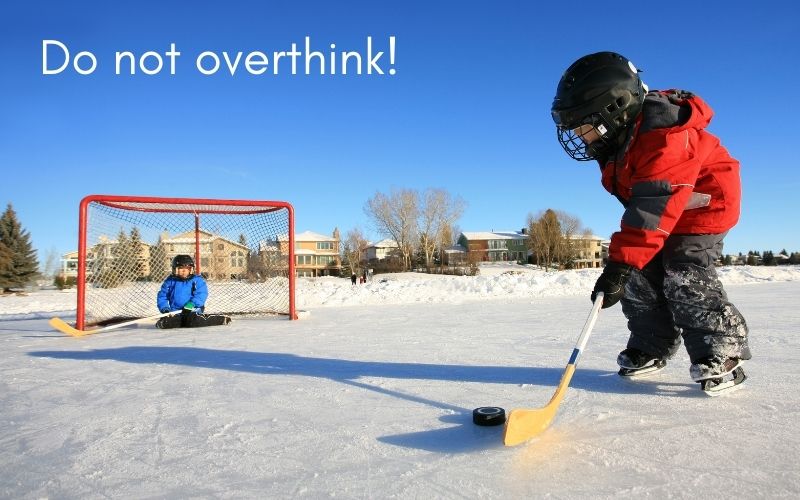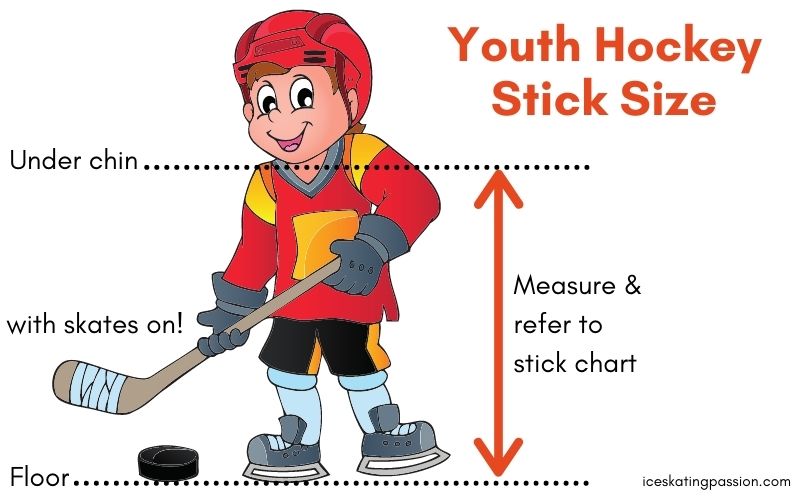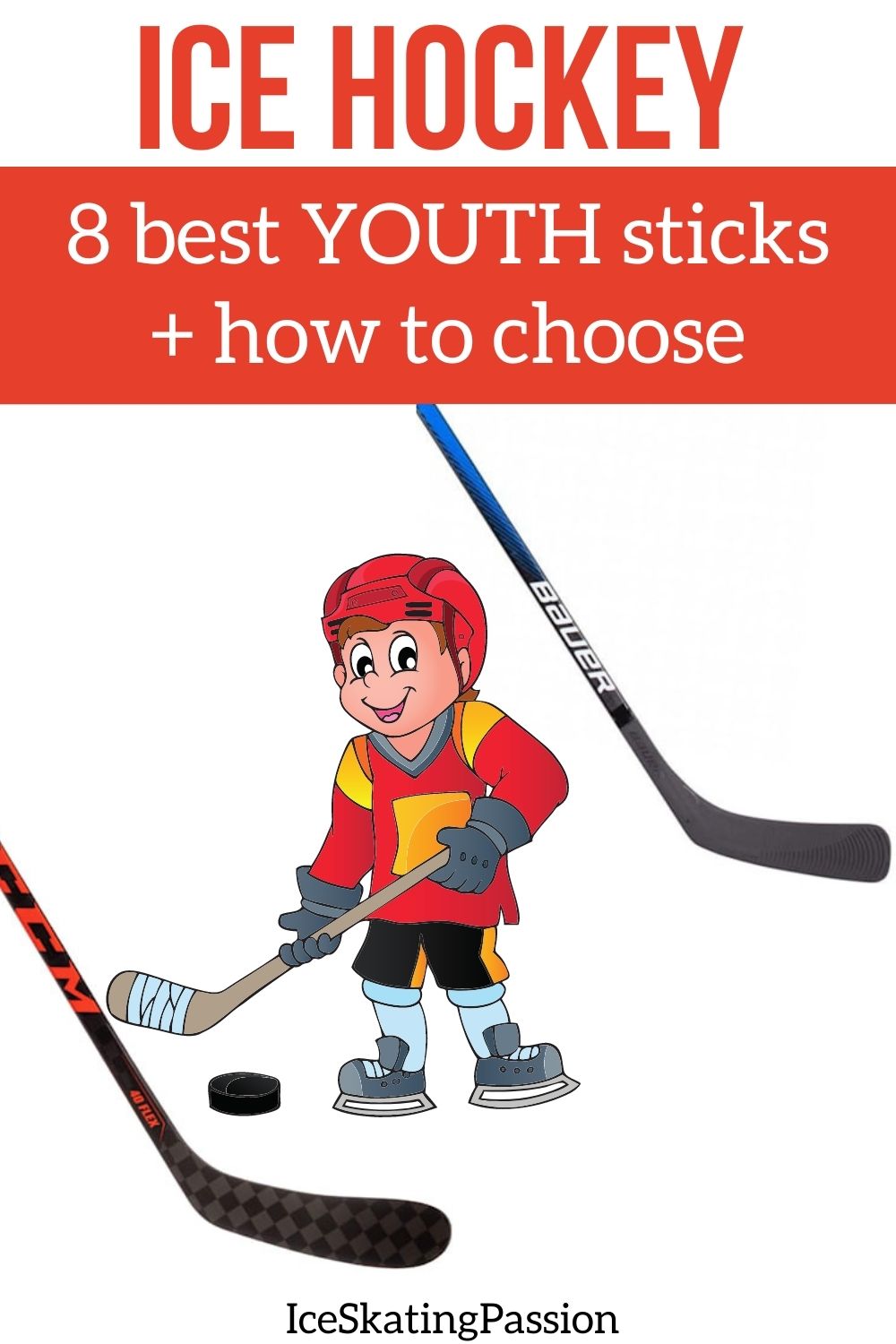Need help to raise money for your kid's hockey team or your hockey player?
Below are over 30 hockey fundraising ideas for you to consider with:
- different difficulty to set up (easy, medium or high)
- different investment level
- and, of course, different revenue potential.
Plus, some ideas can tighten your hockey community because of the organization or the activity itself.
** BEWARE ** - please consider any legal restrictions/requirements in your area
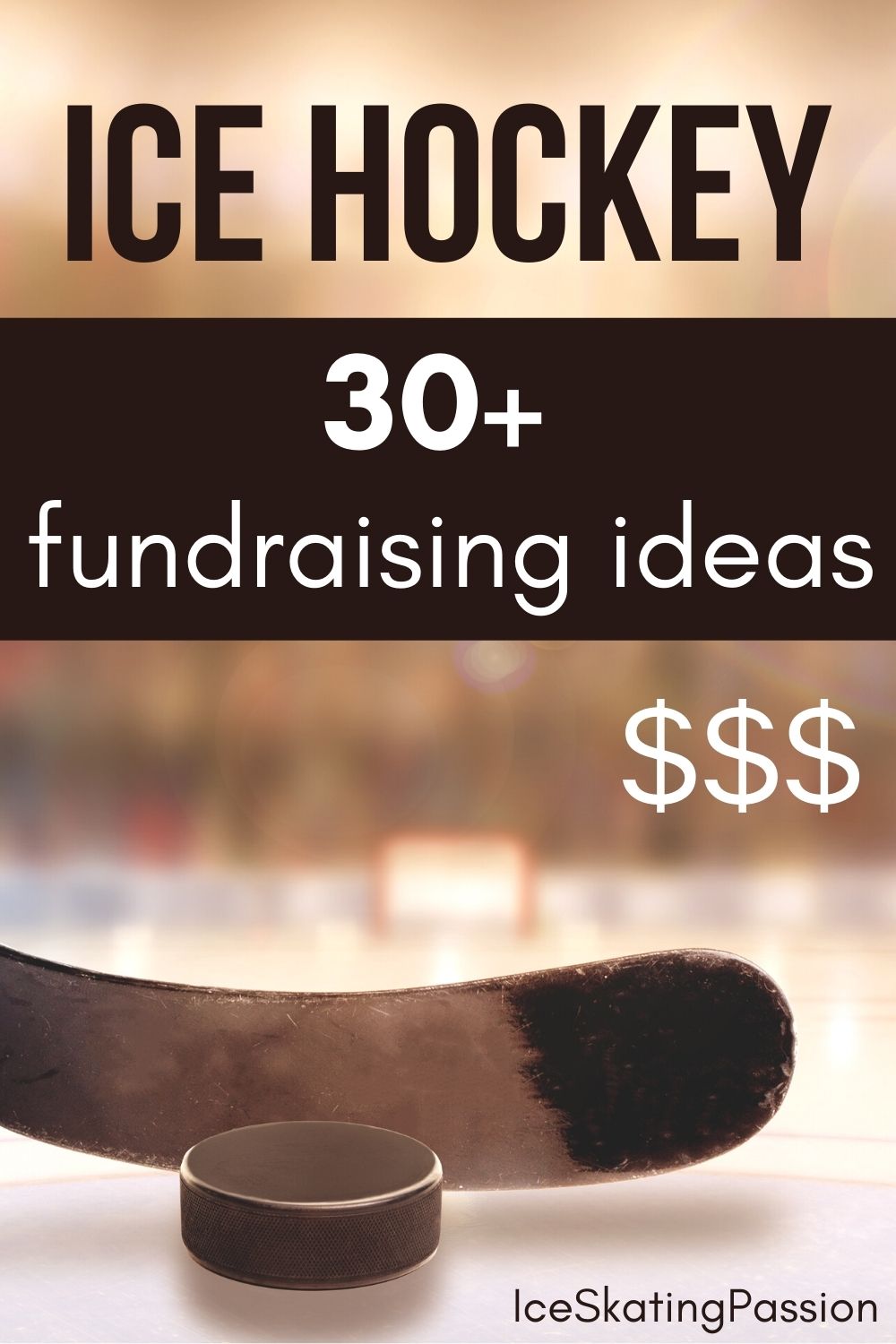
This article contains affiliate links. If you purchase using my link, I get a commission at no extra cost to you (more info here).
9 Hockey fundraising ideas with hockey theme
Note: many of the hockey fundraising ideas include the need for prizes. I list ideas for those at the end of the article
#1 - Chuck-a-puck
- Fundraising Potential: $
- Cost: $
- Popularity: +++
- Complexity: Easy
- What is required: Need access to the rink, to pucks and a price for the winner (or several for top 3)
- Best Time to do it: Offer to purchase before a game and organize the throws during an intermission
- Can kids participate? yes
- Description
Chuck-a-puck is a very popular option for fundraising because it is quick, easy, fun and an old tradition of hockey games.
Collect a large quantity of pucks.
Write unique numbers on the back of each puck.
Sell pucks to people and attach a name to the number (either via a paper list or by giving a receipt with the duplicate of the number to the purchaser (another option is for people to write their name at the back when purchasing).
That person chucks the puck on the ice towards the central dot.
At the end, the owner of the puck closest to the center takes on the prize.
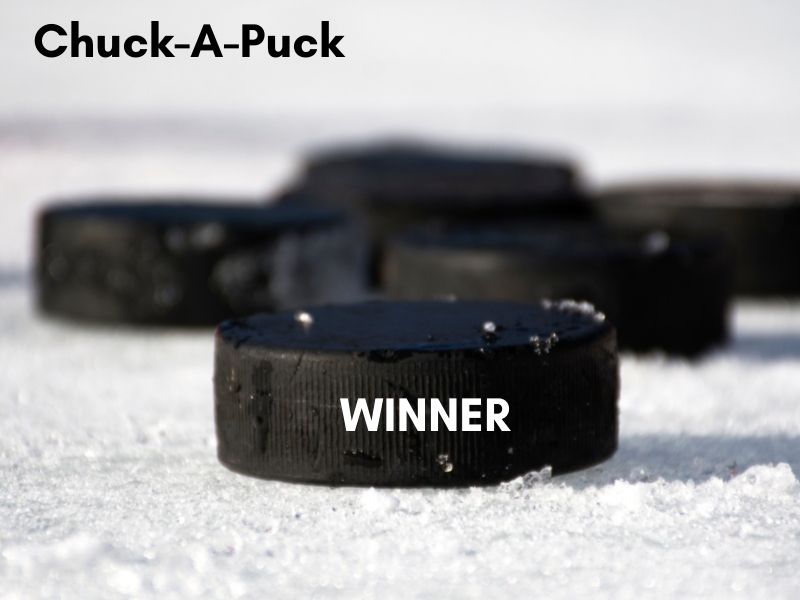
#2 - Puck to target
- Fundraising Potential: $
- Cost: $
- Popularity: ++
- Complexity: easy
- What is required: Either a rink or a backyard set up with a net and shooting pad (or using a ball instead of puck) + prizes for winners
- Can kids participate? Yes.
- Description
Run a competition where a target must be hit, e.g.:
- Score the highest number of goals within a limited time
- Score from a distance, and increase the distance until only one remain
- Set up a variety of target at various heights and distance - and measure time to hit all targets - Alternative
It can also work for other games such as basketball, soccer, darts... You can plan it around important tournaments to raise the interest.
#3 - Skate-a-thon
- Fundraising Potential: $
- Cost: $
- Popularity: +
- Complexity: medium
- What is required: need access to the rink for a longer time
- Can kids participate? this is best for kids
- Description
If you have limited access to the rink in terms of time, it is best for pledge to be minutes on the ice rather than laps around the ice. Otherwise, laps are more fun to raise.
Anyone can pledge money to a kid for the amount of time / laps on the ice.
The money is collected in advance.
Upon getting on the ice, collect the starting time for each kid / or give a number to each kid for lapses to be counted
This is a great way to get kids motivated to fundraise with you. - Alternative
If you don't have access to a rink, you can organize a variant with rollerblades or skateboards
#4 - Hockey fantasy league
- Fundraising Potential: $$
- Cost: $
- Popularity: +++
- Complexity: need to be familiar with hosting a fantasy sport pool
- What is required: prizes for the winner
- Can kids participate?
- Description
Host a fantasy hockey league
Determine team sizes, timeframe and rules
Have everyone pay a fee to enter
Run the league
Learn the basis here

#5 - Hockey photography contest
- Fundraising Potential: $
- Cost: $
- Popularity: +
- Complexity: easy
- Best Time to do it: during a game
- What is required: just a way to register participants and prizes for the winners
- Can kids participate? yes
- Description
Have people enter the contest via a fee, at the beginning of a game
Everyone must take their picture during a game or an event
You can use social media for people to enter their photo with a hashtag
Choose a winner either by a board of parents or kids (can be fun to let the kids choose the best photo) or by the number of likes on the picture...
#6 - Guess the number of pucks
- Fundraising Potential: $
- Cost: $
- Popularity: +
- Complexity: medium (because the container needs to be quite large)
- Best Time to do it: during a large event
- What is required: a large container, many pucks and a prize for the winner
- Can kids participate? yes
- Description
Place numerous pucks into a container (like jelly beans in a jar)
People pay to enter the contest and guess how many pucks are in
The closest number wins.
#7 - Hockey-themed scavenger hunt
- Fundraising Potential: $
- Cost: $
- Popularity: ++
- Complexity: medium, requires time to organize
- Best Time to do it: Summer (for more chances of good weather)
- What is required: locations, items to be found, clues... prize for the winner
- Can kids participate? yes, this is for the whole family
- Description
This requires time to design the hunt and organize it, but it can also be a lot of fun.
You can run it around the rink or in another location with hockey items
To get proof steps are completed, you can ask for the name of the items or for people to take pictures with the items
Be sure to plan so that the route is safe for participant and that it can be completed by participants of all levels (and to the situation adapt car / on foot)
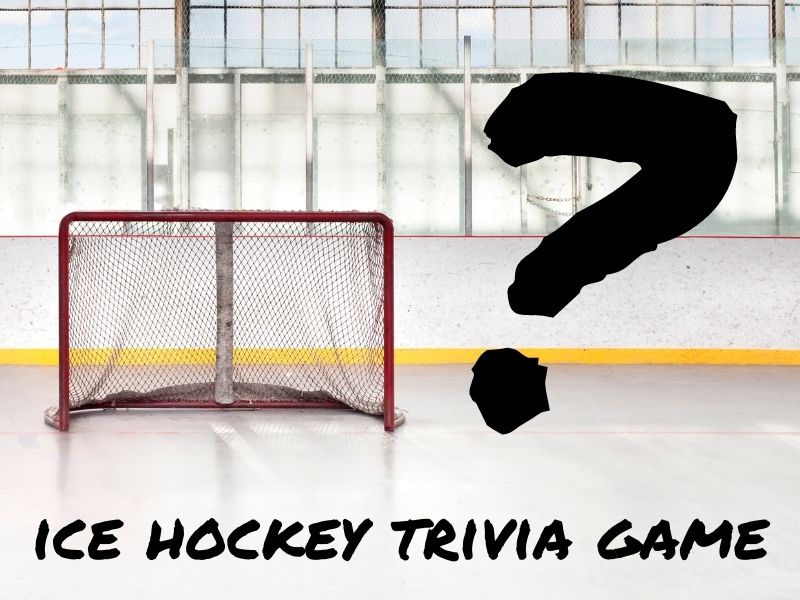
#8 - Hockey Trivia Game
- Fundraising Potential: $
- Cost: $
- Popularity: ++
- Complexity: easy, you can find plenty of trivia questions on the Internet or within a book about hockey (see suggestions in this article)
- What is required: a room and drinks (or a bar willing to host you in exchange for a drink minimum for attendees)
- Can kids participate? yes, it can be fun depending on the location and time (it can be done during an outdoor picnic)
- Description
Participants pay an entrance fee to get an entrance paper to write their answers
Ask questions specific to hockey (equipment, history, players, famous games, technical terms...) - they should be adapted to your audience - people can play in teams of 2 or 3 to make it more fun and interactive
A few questions must be difficult to be able to get a winner
The highest number of correct answers wins the prize
#9 - Hockey themed silent auction
- Fundraising Potential: $
- Cost: $
- Popularity: +
- Complexity:
- Best Time to do it:
- What is required: collect hockey themed items for the auction - location to run the auction
- Can kids participate? yes by
- Description
Have fun collecting items - kids can take part (for example by creating drawings that can be auctioned) - items can include something from the coach, paintings about hockey, pictures, objects created with old pucks... be creative!
Display the items to be won (online or in a room)
Have people bid on each item they enjoy
The highest bid wins the item and you collect the money
7 Events / Gatherings type hockey team fundraising ideas
#10 - Dance
- Fundraising Potential: $
- Cost: $$
- Popularity: +
- Complexity: Medium
- What is required: a place, music, drinks, food, decorations...
- Can kids participate? yes it can include kids, but it can be for parents only
- Description
It can be nice for parents of hockey player to gather and enjoy a night out, celebrating their commitment to their kids' passion
Sell entrance tickets to cover location, food, music and drinks + margin - or have people pay for food and drinks inside
It can be paired with a trivia game or a silent auction
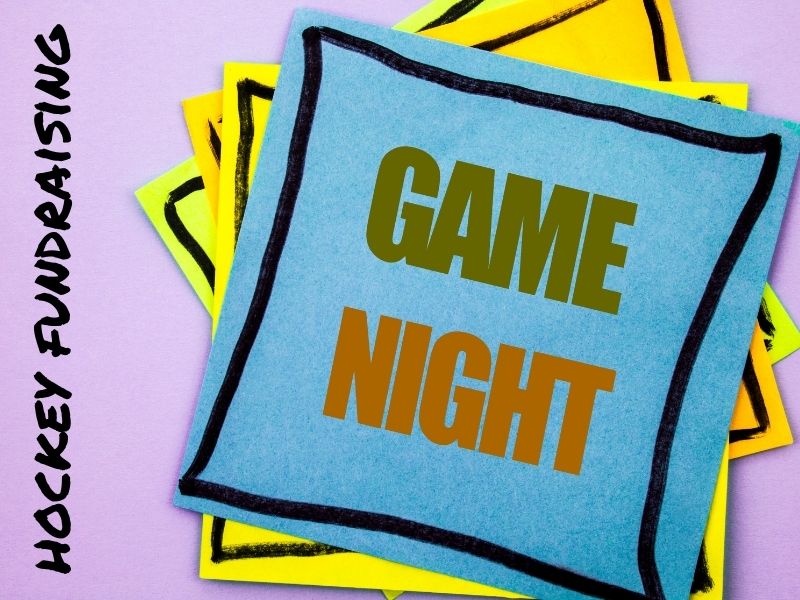
#11 - Game night
- Fundraising Potential: $
- Cost: $$
- Popularity: +
- Complexity: Medium
- What is required: a location, music, drinks, food, and games...
- Can kids participate? yes it can include kids, but it can be for parents only
- Description
Set up different areas in the room with different games such as casino games, darts... or organize it at a bowling alley... or using games for people to get to know each other better (e.g. the bowl game, the press conference game...)
Sell entrance tickets to cover location, food, music and drinks + margin - or have people pay for food and drinks inside
Watch people have fun
#12 - Non-Hockey Trivia Game
- Fundraising Potential: $
- Cost: $
- Popularity: ++
- Description
Organize trivia nights with other themes - tv, movies, celebrities, other sports...
#13 - Non-hockey themed silent auction
- Fundraising Potential: $$
- Cost: $
- Description
Same as the hockey themed one, but with items that are not related to hockey.
You can get people to donate higher end products to fundraise more money
#14 - Food party
- Fundraising Potential: $
- Cost: $
- Popularity: ++
- Complexity:
- What is required: grocery store to donate food / or parents to donate food
- Can kids participate? yes
- Description
OPrganize a food party and have people pay for entrance.
They can include: Community barbecue, pancake breakfast (e.g. during morning practice) or salad party

#15 - Bingo night
- Fundraising Potential: $
- Cost: $
- Popularity: +
- Complexity: medium
- What is required: dabbers, sheets, ball and rolling cage - can be rented + you need a location and prizes to win
- Can kids participate? yes
- Description
Typical bingo game
People pay for a sheet with various numbers
It creates a night of fun, and you could also generate income from food / drinks
#16 - Poker tournament
- Fundraising Potential: $$
- Cost: $
- Popularity: ++
- Complexity: Difficult if you have a lot of players
- What is required: area to run the poker games, prize for the winner
- Can kids participate? no
- Description
Run a poker tournament.
Fee for entry and prize for the winner - Careful, make sure to check your local regulations regarding hosting poker nights for generating money
#17 - Golf tournament
- Fundraising Potential: $$
- Cost: $
- Popularity: +++
- Complexity: high
- What is required: agreement with golf course, a lot of time
- Can kids participate? maybe
- Description
Organize a golf tournament.
This takes a lot of time but can raise a lot of money as it is very popular.
8 Sales / Services type fundraising for hockey mums and dads
#18 - Holiday gift wrap
- Fundraising Potential: $
- Cost: $
- Popularity: ++
- Complexity: medium
- Best Time to do it: Christmas
- What is required: agreement with shopping mall or shop, table, paper, ribbons, sticky tape... (you could find shops to donate the paper in exchange for advertisement on your wrapping booth)
- Can kids participate? yes (from a certain age)
- Description
The most difficult part is to find a good place / store to set up your stand (and get an agreement to do it).
Make sure your volunteer can make beautiful gift wrapping (watch youtube video and practice if necessary)
Then you just set up and wrap holiday gifts for a tip

#19 - Bake sale
- Fundraising Potential: $
- Cost: $
- Popularity: ++
- Complexity: easy
- What is required: type to bake
- Can kids participate?
- Description
Classic activity...
Make it themed by creating puck style cookies!
#20 - Garage sale / used equipment sale / used book sale
- Fundraising Potential: $$
- Cost: $
- Popularity: ++
- Complexity: medium
- What is required: people to donate things / equipment they don't need anymore + a location
- Can kids participate? yes
- Description
Declutter house and get rid of your unwanted stuff.
Hold an association garage sale (maybe on the rink parking lot or the yard of a volunteer)
Make flyers to advertise the sale
#21 - Holiday Candygrams
- Fundraising Potential: $$
- Cost: $
- Popularity: +++
- Complexity: medium
- Best Time to do it:
- What is required:
- Can kids participate? yes, in preparing the candygrams
- Description
Spread joy and raise money by selling and sending personalized messages attached to candies and other treats.
Sell candygrams at your office, in your neighborhood, at the rink...
Just get the detailed information of the recipient to send the candygram to the correct person.
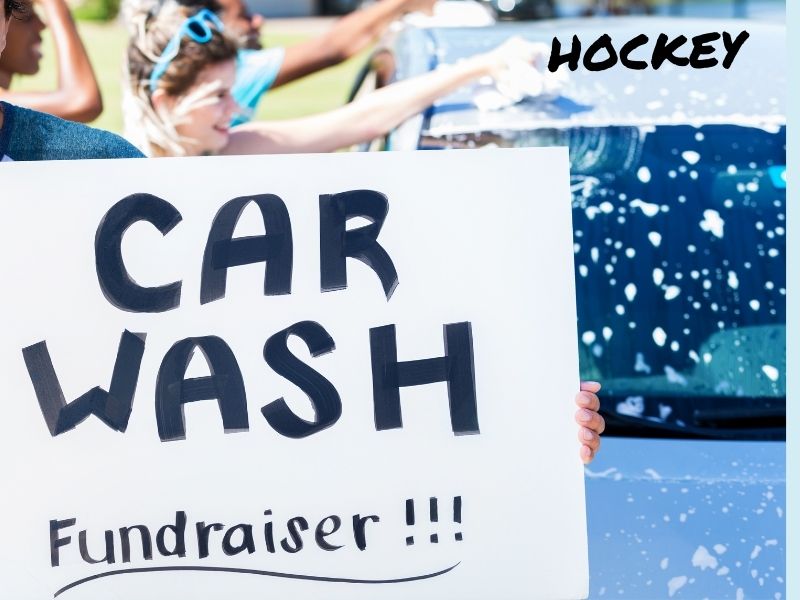
#22 - Car wash
- Fundraising Potential: $
- Cost: $
- Popularity: ++
- Complexity: medium
- What is required: location, access to water, soap, sponges
- Can kids participate? yes
- Description
The classic of fund raising
Don't forget to make flyers and advertise for it beforehand! And use signs on a main road to attract other customers.
#22 - Sell something for other hockey (and non hockey) moms
- Fundraising Potential: $
- Cost: $
- Popularity: ++
- Complexity:
- Best Time to do it:
- What is required:
- Can kids participate?
- Description
If you are really good at something, create a product to help other hockey moms, e.g.:
- cookbook
- your special mix to wash hockey equipment (and remove the stinks)
- calendar with your photography (hockey or non hockey related)
- design a t-shirt with a special theme
#24 - Teach something in your community
- Fundraising Potential: $$
- Cost: $
- Popularity: ++
- Complexity: medium
- What is required: location and your knowledge
- Can kids participate? maybe
- Description
If you are really good at something, consider teaching a masterclass to raise some money e.g.:
- cooking a special dish
- photography class
- Take care of specific plants
- craft skill
...
Charge admission to attend and place a donation jar.

#25 - Volunteer Auction
- Fundraising Potential: $$
- Cost: $
- Popularity: ++
- Complexity: medium
- What is required: volunteer hockey parents, location to run the auction
- Can kids participate? maybe
- Description
Have member of the hockey community volunteer a few hours to offer a service / do something for the auction winner, e.g.:
- handyman to fix something
- lawn mowing
- web design
- cooking a meal
...
People bid to win each service.
2 Raffles / contest / challenges - ice hockey fundraising ideas
#26 - Raffle tickets
- Fundraising Potential: $$
- Cost: $
- Popularity: ++
- Complexity: easy once you have the prize
- What is required: a prize, raffle tickets
- Can kids participate? they can sell tickets
- Description
Collect prizes (from families of team members, local businesses, or famous hockey player if you know one...)
Sell tickets to enter the raffle
If you don't have prizes, you cna do a 50/50 raffle where the winner gets half of the funds you raise and you/ the association gets the other half.
#27 - Pumpkin Carving Contest
- Fundraising Potential: $
- Cost: $
- Popularity: ++
- Complexity: easy
- Best Time to do it: people to judge the contest (or a way to have the community judge)
- What is required: prizes for the winners
- Can kids participate? yes
- Description
People pay a small fee to enter their carved pumpkin into the competition.
You can do it on location with limited time to do it or have people bring their creation (maybe with a theme) and enter the contest
Set categories (kids, adults...)
Winners (decided by judge or community) get prizes

#28 - Snowman contest
- Fundraising Potential: $
- Cost: $
- Popularity: ++
- Complexity: easy
- Best Time to do it: people to judge the contest (or a way to have the community judge) + location (and snow of course)
- What is required: prizes for the winners
- Can kids participate? yes
- Description
People pay a small fee to enter their snowman into the competition.
Set categories (kids, adults...)
Winners (decided by judge or community) get prizes
Sponsoring - Hockey fundraiser
Sponsors (Jerseys, Programs, Banners)
Many teams have team sponsors that will make a contribution to a team to have the name of their business on the jerseys, buy program space, or have their name on a banner that is used at home and away games (just be sure not to put that banner too close to the home team’s bench to avoid bad feelings). This can be a great way to raise funds for a particular team.
#29 - Crowdfunding
- Fundraising Potential: $$
- Cost: $
- Popularity: +++
- Complexity: high
- What is required: understand marketing on social media
- Can kids participate? no
- Description
There are nowadays many platforms to create a crowdfunding event / process.
With the Internet, you have access to many people, who can give small donations.
You can just explain your cause and create interesting brief that invites people to donate, or you can organize for donation to get a small thing in return such as a postcard or a drawing by one of the players...
Rallyup.com, for example, is focusing on raising money for sports team.

#30 - Donation Page
- Fundraising Potential: $
- Cost: $
- Popularity: +
- Complexity: medium
- What is required: website understanding, marketing skills
- Can kids participate? no
- Description
If your hockey team / club / rink has a website, make sure to create a donation page.
If you don't promote it, it might not make a lot. But once it is done, you don't have to worry about it and you can direct people to it during events.
#31 - Store partnership (Grocery or not)
- Fundraising Potential: $$$
- Cost: $
- Popularity: ++
- Complexity: difficult
- What is required: agreement with store, contract
- Can kids participate? no
- Description
Some grocery store can have an agreement with you where they give a percentage of the same back to the association based on defined criteria.
It may be easier to set up with a chain store as they already have systems in place.
And with local smaller store, they could just agree to place your jar at their counter - if you create an appealing box, customers could give their changes or make donation in them.
Prizes ideas
Many of the fundraising activities above require prizes for the winners.
Below are some ideas for your to start with, but be creative, many things are possible depending on the level of investment by participants.
Small / cute trinkets
- Batch of cookies
- Cake
- Drawings by hockey players
- Association sticker
- ...
Free Prizes by team / volunteers
- Help by a volunteer from the hockey community
- Chat time with the coach
- Special seat at one of the team's games
- Name on a wall of fame
- ...
Medium prizes
- Basket of donated food items
- Basket of donated liquor bottles
- Gift
- Cinema ticket
- Personalize items on hockey theme - check out many ideas on my hockey gift article
Larger prizes
- Items by local stores (electronics, sport equipment, vacations, restaurant meal...)
- Services donated by local businesses (hairdressing, massage, yoga lesson, spa treatment, coaching...)
- Tickets to hockey events
- Hockey equipment
- Gift card
- ...
Money prize
- Fixed pre-determine amount
- percentage of the money collected
Share it on your favorite social media!
